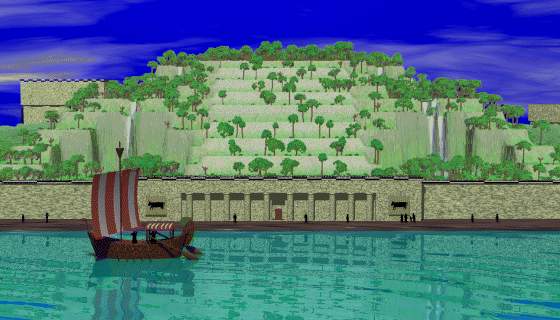|
Other Archaeological Sites / The Neolithic of the Levant (500 Page Book Online) Neo-Babylonian Period (Chaldea) Genesis 11:28-31: And Haran died before his father Terah in the land of his nativity in Ur of the Chaldees. And Terah took Abraham his son and Lot the son of Haran his son's son and Sarai his daughter in law -- his son Abram's wife; and they went forth with them from Ur of the Chaldees to go into the land of Canaan; and they came unto Harran and dwelt there ... Genesis 15:7: And he said unto him (Abraham) I am the LORD that brought thee out of Ur of the Chaldees to give thee this land (Canaan) to inherit it ...
NOTE: The area was called Ur of the Chaldeas simply because these passages of the Old Testament were evidently written during the Neo-Babylonian Period when native Chaldean Kings such as Nabopolassar (625 BC) -- Nebuchadrezzar II (reigned 605-562) -- Nabonidus (reigned 556-539) were in control of Ur from their capital of Babylon and thus ruled the area labeled Neo-Babylonia or synonymously Chaldea ... Chaldeans is a mistranslation of the Hebrew Kasdim -- Kasdim being the Old Testament name of the Babylonians while the Chaldeans were a [semitic Amorite Arabian origin] tribe who lived on the [western] shores of the Persian Gulf and did not become a part of the Babylonian population till the time of Hezekiah (reined 715-686 BC) ... |

